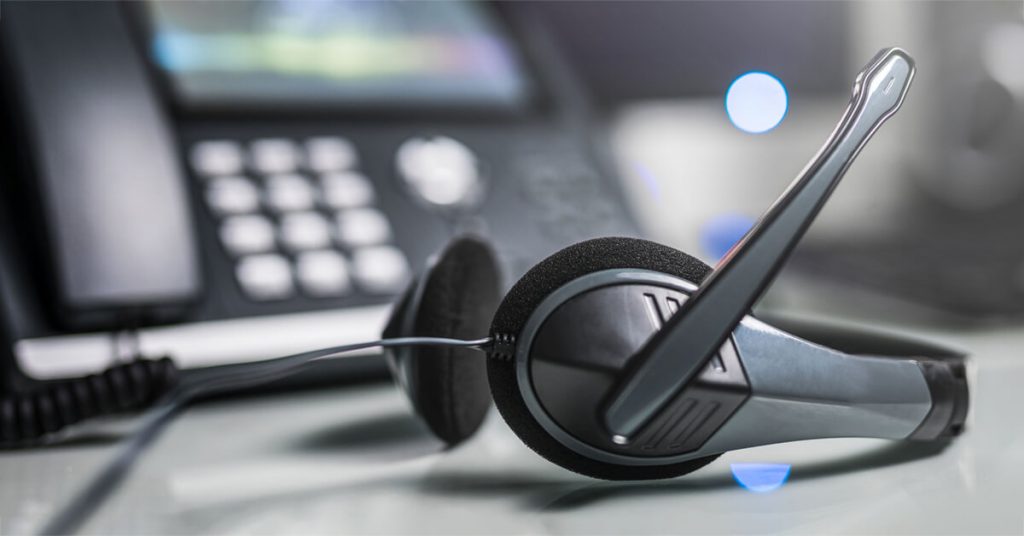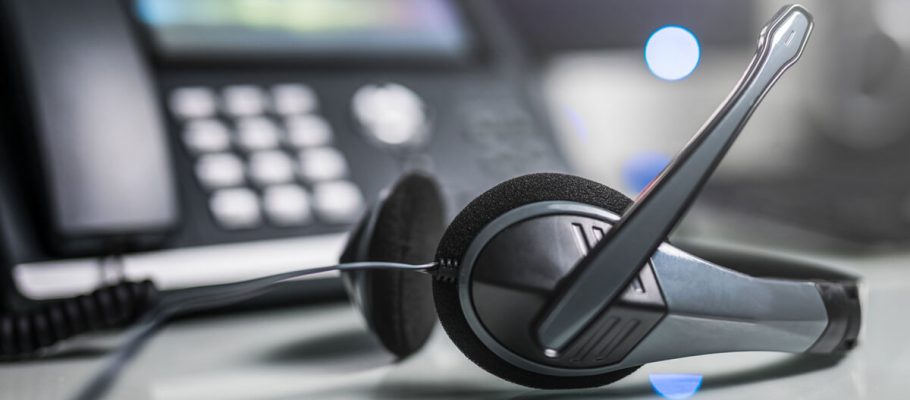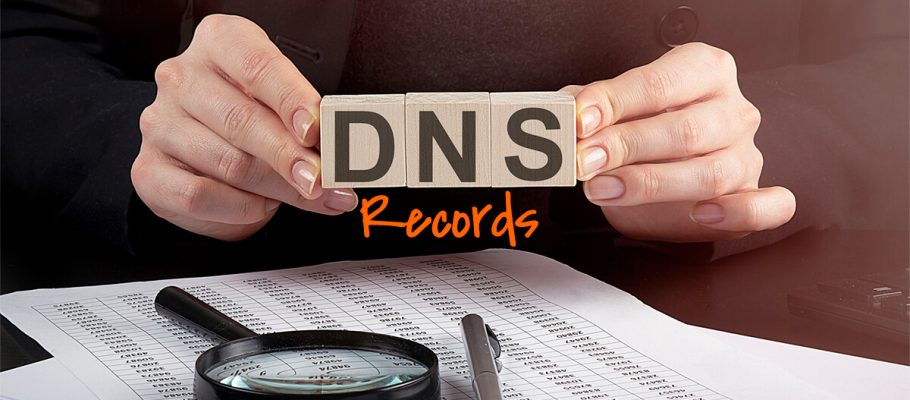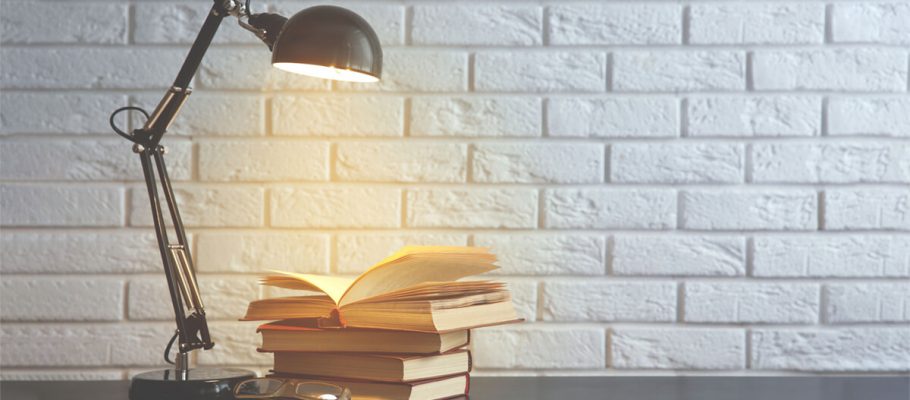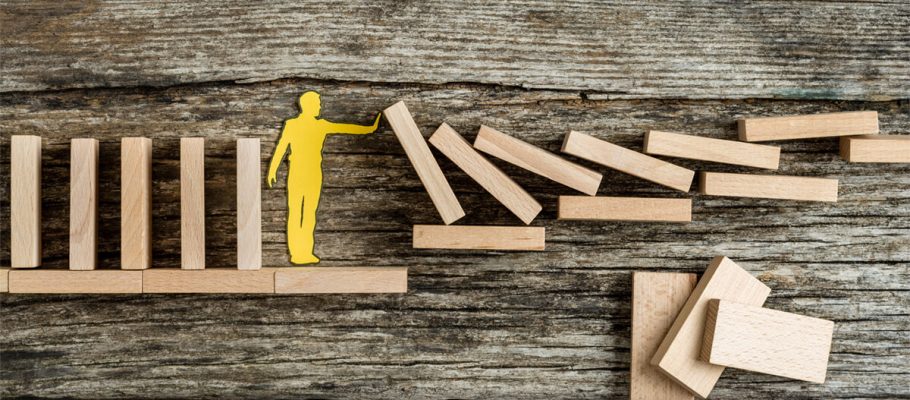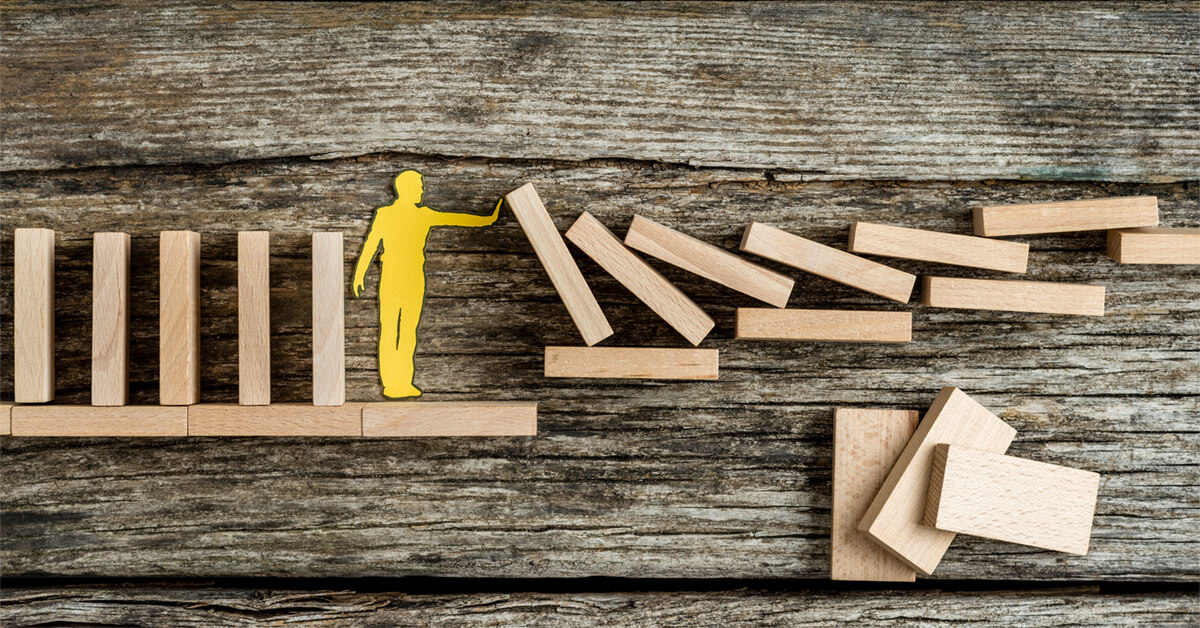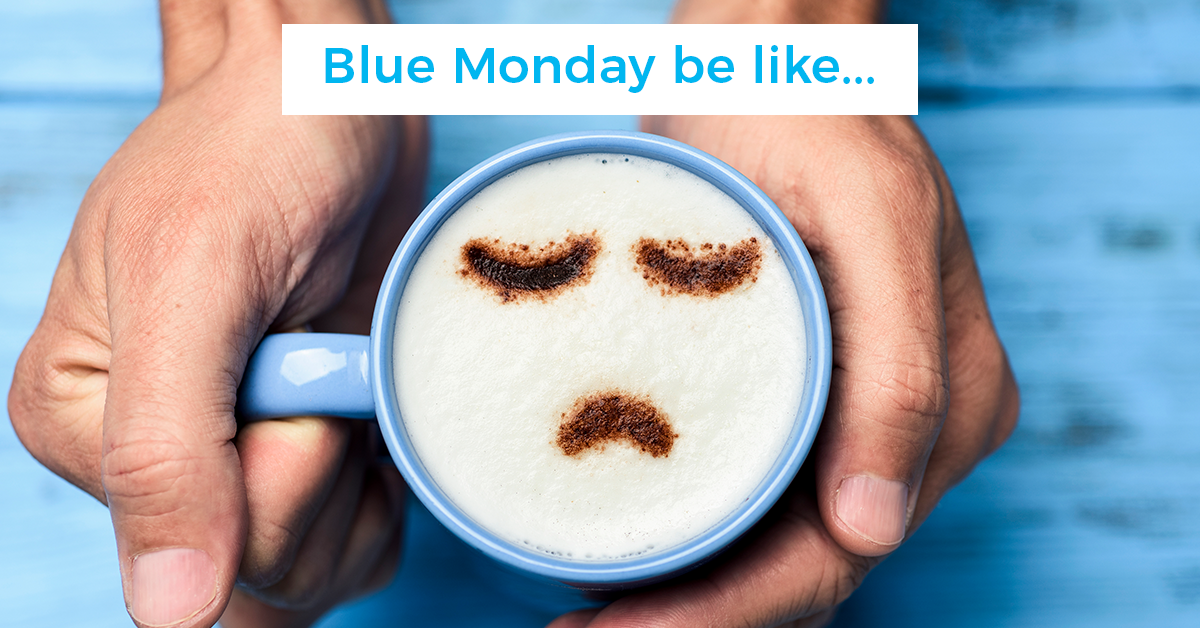This article is a beginner’s guide to VoIP. Reading forward, you will find out what is a VoIP phone number. You will understand why so many businesses prefer VoIP over the old PSTN telephony. You will get familiarized with the terminology, discuss the differences between fixed and non-fixed VoIP and the benefits of each. Finally, you will find the answer to the most frequently asked questions. We hope that, by the time you are done reading, you will find it easier to determine if your business needs a VoIP phone number. And also you’ll find out how to choose the best service provider to meet your needs.
